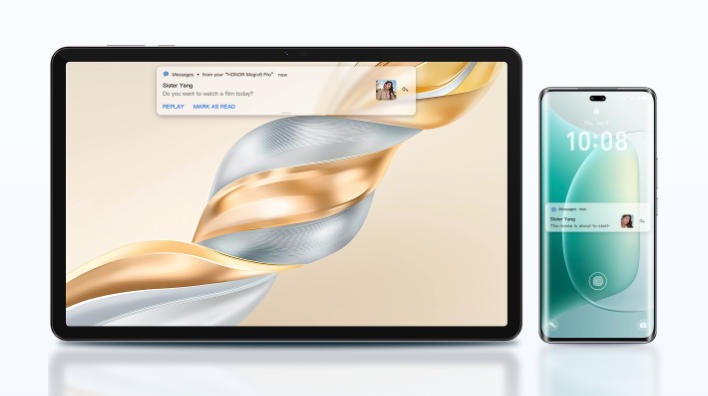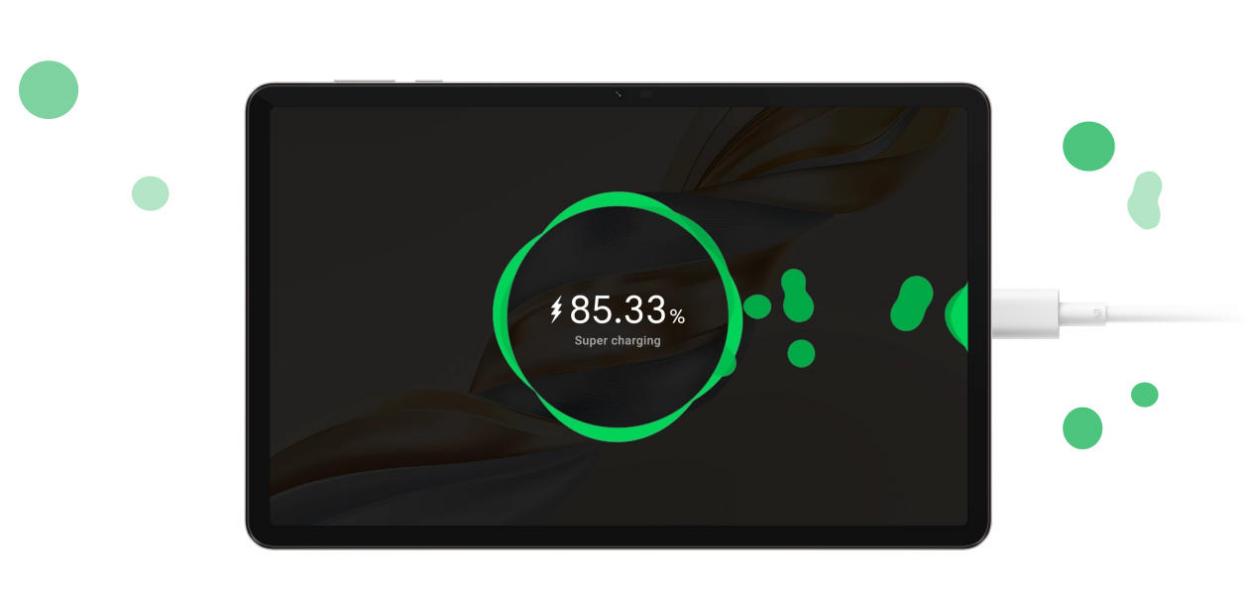Ultimate Tablets Buying Guide 2025
Navigating the tablet market in 2025 requires understanding the rapidly evolving landscape of technology. With a myriad of options available, selecting the right tablet hinges on knowing what features complement your lifestyle. This guide provides insights into assessing your needs and understanding the types of tablets available. We explore performance standards, ecosystem compatibility, and ensure you consider tablets that meet your future-proofing expectations. Let us guide you in making an informed decision so your 2025 tablet purchase is a success.

Know Your Tablet Needs in 2025
Define Your Primary Use Cases
When choosing a tablet, start by outlining how you intend to use it daily. Determine if your focus is on entertainment, productivity, gaming, or digital artistry. A creative professional may require a high-resolution display and stylus support, while a student could prioritize multitasking capabilities and access to educational apps. By clearly defining your primary use, you can narrow down your choices and focus on the tablets that offer the best features tailored to those needs.
Identify Must-Have vs. Nice-to-Have Specs
Prioritize essential specifications over additional features that could inflate the price without much value. Core specs like processing power, display quality, and battery life are crucial. Consider what you can’t compromise on, such as storage space for large media files or a durable build for frequent travelers. Balance these critical requirements against auxiliary features like premium materials or advanced biometric options that may be beneficial but aren’t absolutely necessary.
Compare Tablet Types and Form Factors
Standard Tablets vs. 2-in-1 Hybrids
Standard tablets offer traditional designs, lightweight portability, and ease of use, ideal for simple tasks and media consumption. Conversely, 2-in-1 hybrids provide versatility with a detachable or foldable keyboard, appealing to those requiring both tablet and laptop functionality. For tasks involving extensive typing or multitasking, hybrids might better suit your needs, though they may come at a higher cost. Evaluate your priorities to decide which form factor offers optimal utility and convenience.
Compact, Mid-Size, and Large Displays
Display size significantly impacts user experience. Compact tablets, typically under 8 inches, offer high portability for users on the go. Mid-size tablets, ranging from 8 to 11 inches, strike a balance, offering more screen space while remaining easy to carry. Large displays, over 11 inches, are best for immersive media viewing and detailed productivity tasks. Choose a size that complements your usage patterns, ensuring maximum comfort and usability.
Stylus, Keyboard, and Accessory Support
Evaluate the ecosystem of accessories available for the tablet. Stylus support is invaluable for designers and note-takers, providing precision and ease of navigation. For writers and business professionals, robust keyboard options enhance productivity, enabling efficient typing and multitasking. Also consider compatibility with accessories like cases, docks, and external storage to extend the functionality and lifespan of your tablet. Ensure your chosen model supports the essential accessories you plan to use.
Evaluate 2025 Performance Standards
Processor, RAM, and Multitasking Capabilities
Performance standards in 2025 necessitate a powerful processor to smoothly handle demanding applications. Look for tablets featuring the latest chipsets with ample RAM, ensuring seamless multitasking. This is particularly important for users who utilize resource-intensive software or run multiple apps simultaneously. A robust processing unit optimizes the performance, ensuring real-time responsiveness and longer device longevity, which is crucial for professionals and casual users alike seeking efficiency.
Storage Options and Cloud Integration
When it comes to storage, consider both onboard capacity and cloud integration. Tablets typically offer options ranging from 64GB to over 1TB, but the increasing reliance on cloud services allows for flexible data management. Evaluate whether you frequently access high-capacity files like videos or large applications, and ensure your choice supports expanding storage via microSD or robust cloud solutions. Secure and convenient cloud integration will streamline data accessibility and backup.
Battery Life, Charging Speed, and Efficiency
Battery life continues to be a pivotal factor. Evaluate tablets based on their in-use battery duration and efficiency in managing power-intensive applications. Fast charging capabilities are crucial for those needing quick power boosts during travel or busy schedules. Choose models known for optimizing energy use, such as HONOR Pad X9a, balancing performance with sustainable consumption, facilitating extended work periods and entertainment on a single charge without constant electricity dependency.

Consider Ecosystem and Future-Proofing
OS, Apps, and Device Compatibility
A tablet’s operating system defines its app ecosystem and cross-device compatibility. Assess the app availability and updates for each OS, ensuring it meets your requirements for productivity, entertainment, and creativity. Compatibility extends to other devices in your ecosystem—consider how well your tablet integrates with your smartphone, laptop, or smart home devices for a unified and seamless tech experience.
Update Policies and Security Support
Evaluate the manufacturer’s commitment to OS updates and security patches. Devices with regular updates ensure you have access to the latest features and protections against security threats. Understand the duration of official support to avoid obsolescence. A robust update policy guarantees your tablet remains current, safe against vulnerabilities, and capable of running the latest applications, safeguarding your investment over its lifespan.
Longevity and Upgrade Potential
Consider the potential for future upgrades or accessory expansions. Look at the durability of materials, water and dust resistance, and the option for hardware enhancements like added storage or improved accessories over time. A tablet built for longevity can accommodate technological advancements, reducing the need for a premature replacement. This foresight ensures your device remains functional and relevant amidst rapidly changing tech landscapes for years to come.
Conclusion
In 2025, selecting the right tablet revolves around understanding your specific needs and the device’s ability to meet those demands. Assessing functional requirements, performance capabilities, and ecosystem compatibility is key to making the best choice. Equip yourself with a tablet that not only meets today’s expectations but is also prepared for future challenges. With the right guidance, transitioning to your new technology companion can be a seamless and rewarding experience.
